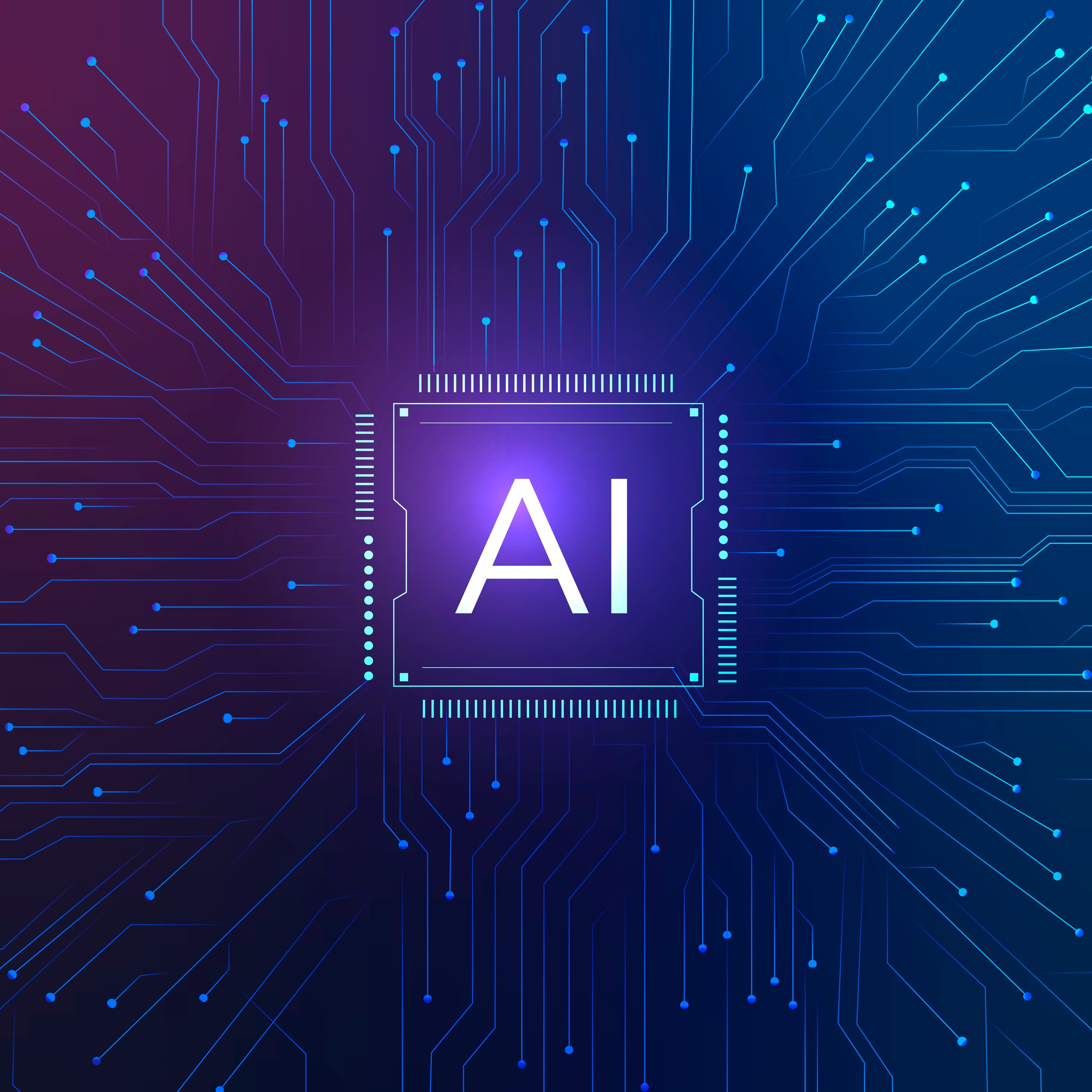AI translations involve the use of algorithms and neural networks to translate text from one language to another automatically. The technology has made significant progress in recent years, with AI-powered translation services becoming increasingly sophisticated. These services can translate vast volumes of text within seconds, making them invaluable in scenarios where time is of the essence.
The Advantages of AI Translations
This technology has many benefits. AI translations can supplement many aspects that are difficult for human translators. This includes consistency over long translations because AI doesn't get tired and can spit out results instantaneously.
The major benefits include:
- Improved accuracy: AI-enabled translation software can self-correct and improve the quality of translations
- Consistent quality: The quality of translations is consistent when using the same technology or software
- Adaptability: AI translation offers adaptability and efficiency
- Cost savings: AI translation can reduce human translation costs, which are often the most expensive part of website translation
Using AI in translations has some major benefits, the most notable being its cost-effectiveness. Compared to hiring human translators, AI translations are often more affordable, especially for large-scale projects or repetitive tasks.
Additionally, AI translation offers instant accessibility, allowing users to obtain translations in various languages at their fingertips quickly. These can be wonderful for getting quick and short translations, and these advantages have undoubtedly revolutionized the translation industry and opened up new possibilities for communication across borders.
The Limitations of AI Translations
However, despite these advancements, AI translations still have inherent limitations. One significant challenge lies in the lack of contextual understanding. AI algorithms struggle with deciphering ambiguous phrases, cultural nuances, or idiomatic expressions, often resulting in translations that miss the intended meaning. Language is deeply rooted in culture, and the human element possesses the cultural and contextual expertise necessary for accurate interpretation.
- Lack of context understanding: AI may struggle with ambiguous phrases or cultural nuances
- Difficulty with idioms and colloquial expressions: AI may provide literal translations that miss the intended meaning
- Complex language structures: AI may struggle with complex sentence structures or subtle grammatical nuances
- Lack of domain-specific knowledge: If AI was not trained on information for a specific industry, then it can struggle with specialized vocabulary or technical jargon
Furthermore, AI translations may falter when confronted with complex language structures or subtle grammatical nuances. The algorithms may produce literal translations that lack the finesse and subtlety of human language. Additionally, domain-specific knowledge is crucial for accurate translations in specialized fields such as legal, medical, or technical domains. AI may not have the necessary expertise or vocabulary to handle these complex matters.
The Importance of Human Intervention
The importance of human intervention in translations cannot be overstated. Human translators bring a wealth of knowledge, experience, and cultural sensitivity to the table. They possess the ability to understand the underlying meaning of a text, adapt translations to suit the target audience, and ensure the accuracy and fluency of the final output. Humans also play a vital role in proofreading and quality assurance, ensuring that the translated content is error-free and maintains its intended message.
- Cultural and contextual expertise: Humans can understand the underlying meaning and cultural implications of a text
- Adaptability and creativity: Humans can adapt translations to suit the target audience or tone of the content
- Subject matter expertise: Humans with domain-specific knowledge can accurately translate complex and technical content
- Proofreading and quality assurance: Humans can review and correct any errors or inconsistencies in AI translations
Instead of viewing AI as something that will take translator's jobs or unrealistically upend the translation industry, let's consider it as just a powerful tool. Like many other tools, you could use it to do a translation yourself, but you would likely lack the professional knowledge and experience needed to use it effectively. To avoid AI's limitations and maximize its benefits.
- Leveraging AI as a powerful tool: AI can assist human translators in improving efficiency and productivity
- Post-editing and refining: Human translators can review and refine AI-generated translations for accuracy and fluency
- Continuous learning and improvement: Human feedback can help AI translation systems evolve and enhance their capabilities
The ideal approach lies in embracing collaboration between humans and AI, leveraging both strengths. Human translators can utilize AI as a powerful tool to improve efficiency and productivity. They can review and refine AI-generated translations, adding the necessary context, cultural nuances, and domain-specific knowledge to ensure the highest quality output. Moreover, human feedback can contribute to improving AI translation systems' continuous learning and improvement.
Conclusion
In conclusion, while AI translations offer undeniable advantages in terms of speed, efficiency, and accessibility, they fall short when it comes to capturing the nuances, cultural aspects, and domain-specific knowledge required for accurate translations. The human element remains indispensable in achieving accurate and nuanced translations. By embracing the collaboration between humans and AI, we can harness the power of technology while ensuring the integrity and quality of translations in an increasingly globalized world.



